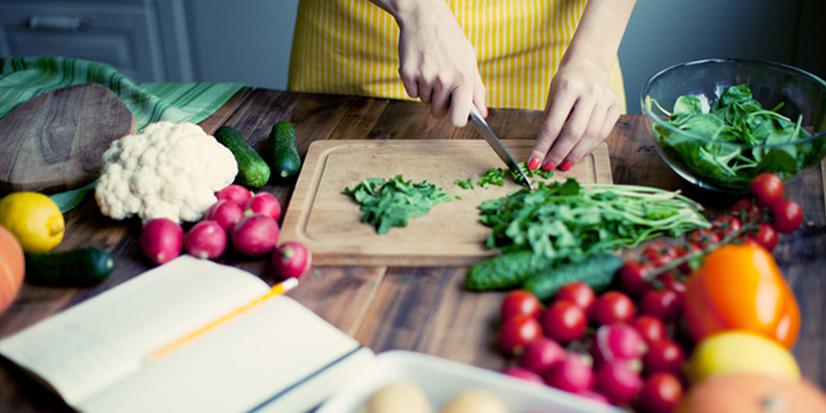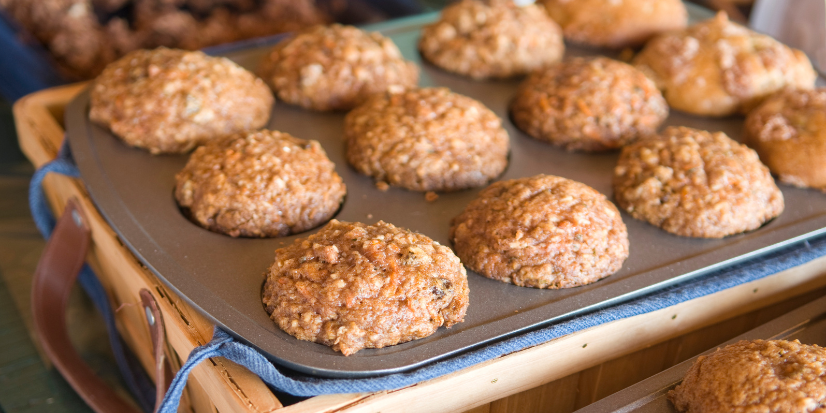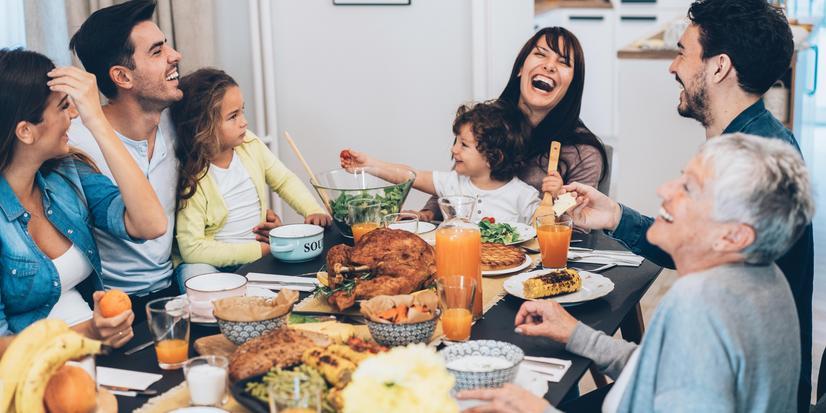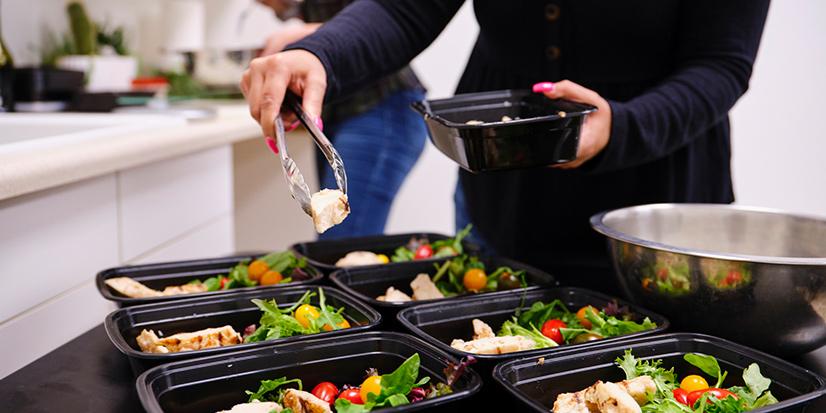Healthy cooking doesn’t mean you have to become a gourmet chef or invest in expensive cookware. You can use basic cooking techniques to prepare food in healthy ways. By doing so, you can cut fat and calories.
Consider, for instance, that each tablespoon of oil you use when frying adds more than 100 calories. To put it in perspective, adults should target fat calories within 20 to 35 percent of their total daily calories. For a 1,500 calorie diet, that means no more than 525 calories from fat a day (58 grams); for a 1,200 calorie diet, no more than 420 calories (47 grams). Switch to roasting and you not only eliminate added fat but also allow any fat in the food to drip away.
The following healthy cooking methods capture flavors, retain nutrients, and minimize the need for added fat or salt.
Bake
Besides bread and desserts, you can bake seafood, poultry, lean meat, vegetables, and fruits. Place food in a pan or dish; cover or uncover depending on your recipe. Baking generally doesn’t require you to add fat to moist foods, but to prevent the burning of hard and dry foods like root vegetables, spray lightly with oil. Test your baking skills with a chicken breast for these chilled chicken tortilla rolls.
Braise
This technique involves browning, also known as searing, the ingredient first in a pan on top of the stove and then slowly cooking it partially covered with a small quantity of liquid, such as water or low-sodium broth. In some recipes, the cooking liquid is used afterward to form a flavorful, nutrient-rich sauce. My favorite braised dish is pork tenderloin. Add apple slices while it bakes and serves with steamed green beans to complete the meal.
Broil and Grill
Both broiling and grilling expose food to direct heat. To grill outdoors, place food on a grill rack above a bed of charcoal embers or gas-heated rocks. To broil, place food on a broiler rack below a heating element. Using a low-fat marinade helps lean proteins taste juicy and delicious. Proteins aren’t the only things you can grill; for a sweet ending to your barbecue, try stuffed peaches on the grill.
Poach
To poach foods, gently simmer ingredients in water or a flavorful liquid, such as broth, vinegar, or wine, until they’re cooked through and tender. Food will retain its shape during cooking. For stove-top poaching, choose a covered pan that best fits the size and shape of the food so that you only need a minimal amount of liquid. This adds moisture to lean cuts of meat and will draw salt out of meats like frozen chicken breast which are often injected with sodium. Learn how to poach the perfect egg.
Roast
Like baking, only at higher temperatures, roasting uses an oven’s dry heat to cook the food. You can roast foods on a baking sheet or in a roasting pan. For poultry, seafood, and meat, place a rack inside the roasting pan so any fat in the food can drip away during cooking. To maintain moisture, cook foods until they reach a safe internal temperature, but don’t overcook them. Enjoy savory, tender, and slightly sweet cauliflower by chopping it into inch-wide pieces, brushing lightly with olive oil, and roasting at 375 degrees for about 25 minutes. I love to add curry powder and a dash of salt to the oil before brushing.
Sauté
This method is great for cooking relatively small or thin pieces of food. If you choose a good-quality nonstick pan, you can cook food without using fat. Depending on the recipe, use low-sodium broth, cooking spray, or water in place of oil. Try these tangy, high-fiber sloppy joes the whole family will love.
Steam
One of the simplest cooking techniques is steaming food in a perforated basket suspended above simmering liquid. If you use a flavorful liquid or add seasonings to the water, you’ll flavor the food as it cooks. Cabbage, snap peas, broccoli, beets – there are not many veggies that can’t be steamed. Consider a blend of 2 parts olive oil, 2 parts white wine vinegar, and 1 part lemon juice for a zesty dressing.
Stir-fry
In a traditional Asian method, stir-frying quickly cooks small, uniform-sized pieces of food while they’re rapidly stirred in a wok or large nonstick frying pan. You only need a small amount of oil or cooking spray for this method. Try this cashew chicken recipe, submitted by a participant of Altru’s Weight Management Program.
Using Herbs and Spices
This is one of the best ways to add color, taste, and aroma to foods without adding salt or fat. Choose fresh herbs that look bright and aren’t wilted, and add them toward the end of cooking. Add dried herbs in the earlier stages of cooking. When substituting dried herbs for fresh, use about half as much. For a cool treat this summer, give this fresh and juicy herb watermelon and feta salad a try.
Looking for other Altru dietitian-approved recipes? Check out the Healthy Recipe Corner.







